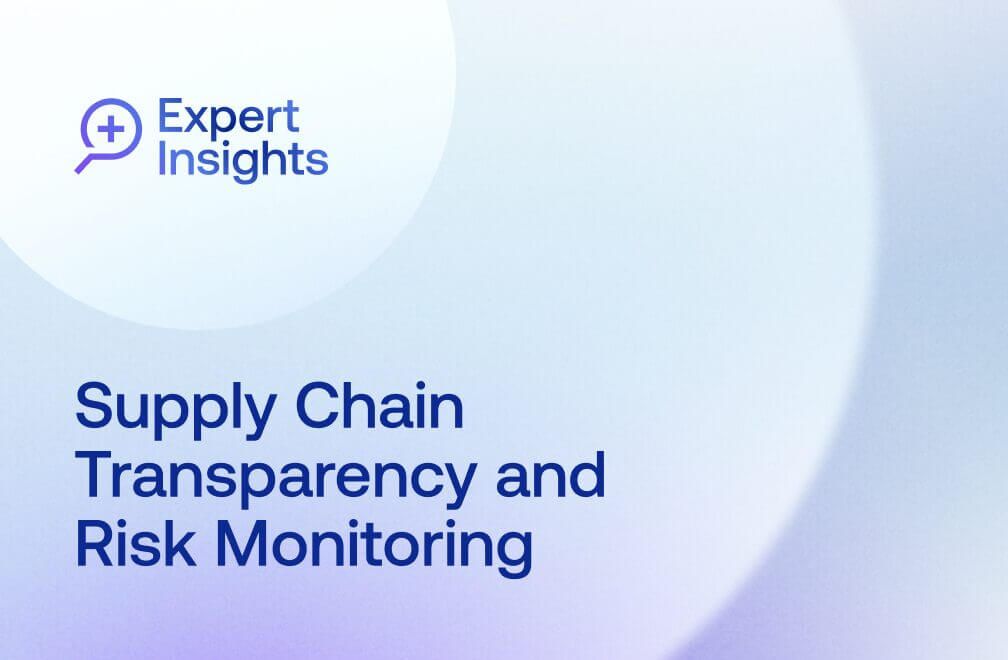
October 12, 2022 • 5 min read
How Masonite Internal Audit Reduced PMO Time by 75%
In our Spotlight on Success series, Katie Shellabarger, VP and CAE of Masonite International, shares how her team achieved significant efficiency gains and freed up time for value-add activities by implementing AuditBoard’s connected risk platform. Headquartered in Tampa, FL, Masonite is a designer, manufacturer,and distributor of interior and exterior doors for the new construction and repair, renovation, and remodeling sectors of the residential and non-residential building construction markets. Hear how this team gets more done by switching from a manual environment to AuditBoard, including:
- Leveraging AuditBoard’s SOXHUB, OpsAudit, and RiskOversight, solutions together to enable a seamless workflow across the team as well as internal and external stakeholders.
- Achieved a high rate of adoption and stakeholder satisfaction by incorporating feedback during the design and implementation process.
- Going from spending over 2,000 per year on project management — equivalent to 1 FTE — to reduce Project Management Office (PMO) hours by 75%.
Tell us a little about Masonite, and some of the challenges you faced in your previous manual audit environment.
“I’m Katie Shellabarger, I’m the Vice President and Chief Audit Executive for Masonite International Corporation, a designer, manufacturer, and distributor of commercial and residential doors.
When I first came to Masonite we were spending a lot of time doing our SOX testing, and we were doing that primarily through email and Excel spreadsheets. In fact, I spent over 2,000 hours on project management alone — that’s essentially one FTE.”
What kind of feedback have you gotten from your stakeholders about AuditBoard?
“One of the first tasks that I undertook with the team was to find a better tool. My team did a lot of research and due diligence and ultimately we determined that we wanted to use AuditBoard. We spent about six months on the due diligence process, and it paid off in spades because our adoption has been fantastic.”
“We did spend a lot of time working with our stakeholders on what they wanted to see in the tool, and then working behind the scenes with AuditBoard to essentially make the magic happen. We communicated early and often, and we trained early and often. Because of that, our adoption went extremely seamlessly. Our control owners like using the tool, our auditors like using the tool, and then my team and my professional service provider love using the tool.”
What efficiencies have you gained since implementing AuditBoard, and how are you redeploying the time you’ve saved?
“I would estimate that we reduced PMO [Project Management Office] time by about 75%. We no longer have Excel spreadsheets that internal audit spends two weeks updating, then the control owner spends two weeks updating, then external audit spends two weeks updating. All of that is instantaneous within AuditBoard.”
“We have to do SOX testing. It is a commitment we’ve made to the organization. It’s our first priority, but there’s value beyond just SOX testing that internal auditors can bring. I feel AuditBoard has enabled us to move into doing consulting projects and operational audits in a more efficient way — adding value to the organization.”
You’ve described a very successful rollout of the AuditBoard platform to your team and stakeholders — what do you see as some of the reasons for that success?
“What I would say to people contemplating AuditBoard is to ask a lot of questions in your sales process. Remember what you’re talked to about. Be your advocate. You get out of AuditBoard what you put into it in the design process. That’s really, really, really important. We got good feedback from our control owners that experts who looked at our setup said that it’s fantastic. I really think it comes down to the fact that AuditBoard was not just a home run, it was a grand slam for us.”
You may also like to read


How Uniper achieves greater audit transparency and impact

How Snowflake Uses Continuous Monitoring to Proactively Identify Risk

Enterprise e-commerce company transforms audit planning with Grant Thornton and AuditBoard

How Uniper achieves greater audit transparency and impact

How Snowflake Uses Continuous Monitoring to Proactively Identify Risk
Discover why industry leaders choose AuditBoard
SCHEDULE A DEMO



